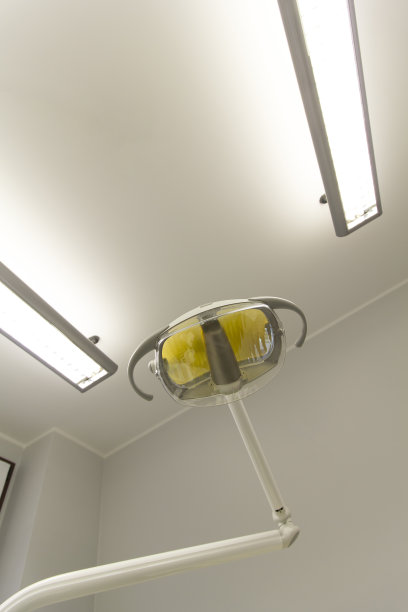The Essential Guide to Successfully Extracting a Tooth and Ensuring Post-Operation Care for Optimal Recovery
Summary: Successful tooth extraction is a multifaceted process requiring careful planning, execution, and post-operative care for optimal recovery. This article serves as a comprehensive guide that delves into the essential aspects of effectively extracting a tooth and ensuring proper post-operation care. It covers pre-extraction considerations, the extraction procedure itself, post-operative care strategies, and important signs to watch for during recovery. By understanding these components, patients can enjoy a smoother recovery and minimize complications. With insights into maintaining oral health post-extraction, this guide emphasizes the importance of attentive care throughout the recovery process.
1. Pre-Extraction Considerations Before the Procedure

Before undergoing a tooth extraction, its crucial to have a thorough consultation with your dentist. The dentist will assess the health of your teeth and gums, and potentially perform necessary imaging tests. This helps in forming a solid understanding of the tooths position and the surrounding structures, allowing for better planning.
Another key factor to address is your medical history. It is essential to inform your dental professional about any medications you are taking or underlying health conditions you may have. This information is vital as it can influence the anesthesia choices and the extraction method.
Lastly, be prepared mentally and physically. Arranging for transportation to and from the dental clinic is advisable, especially if sedation is involved. Additionally, consider having a light meal beforehand, as standing on an empty stomach can lead to discomfort.
2. The Tooth Extraction Procedure Explained
The actual tooth extraction process varies depending on the tooths condition and position. For a simple extraction, localized anesthesia is applied, numbing the area around the tooth to minimize pain. The dentist then carefully loosens the tooth and removes it, ensuring that the surrounding tissues remain intact.
Conversely, a surgical extraction may be necessary for impacted or broken teeth. This process involves making incisions in the gums to access the tooth. Though this is more invasive, dentists take extra precautions to ensure that patients experience minimal discomfort.
After the tooth is extracted, the dentist will provide detailed instructions about what to expect during recovery. This might include information on bleeding control and encouraging the formation of blood clots necessary for healing.
3. Post-Operative Care Recommendations
Post-operative care is critical for a successful recovery. One of the primary recommendations is to apply ice packs on the extraction site to reduce swelling. This should be done for 15 to 20-minute intervals during the first day after the procedure.
It is also crucial to manage pain effectively. Over-the-counter pain relievers or prescriptions from your dentist can help alleviate discomfort. Always follow the prescribed dosage and avoid self-medicating with alternatives that could interfere.
Eating a soft diet is advised during the recovery phase. Foods such as yogurt, applesauce, and mashed potatoes can be nutritious while minimizing irritation to the extraction site. Remember to stay hydrated but avoid straws, as sucking can dislodge blood clots.
4. Monitoring Recovery and Complications
After the extraction, its paramount to monitor for signs of complications. One concerning symptom is prolonged bleeding, which may indicate a need to consult your dentist immediately. Similarly, increased swelling or intense pain beyond the expected timeframe should be addressed.
Another potential complication to look out for is dry socket. This happens when the blood clot fails to form or dislodges prematurely. Patients may experience severe pain radiating from the extraction site; its vital to seek professional care if this occurs.
Lastly, maintaining proper oral hygiene post-extraction is essential. Gently rinse your mouth with warm salt water after 24 hours, and keep brushing your teeth while avoiding the extraction area. This aids in preventing infection and promotes faster healing.
Summary:
The process of tooth extraction encompasses several crucial aspects, including pre-operative precautions, the extraction technique, effective post-operative care, and awareness of complications. Understanding these factors can significantly impact recovery outcomes.
By following the guidelines provided in this article, patients can enhance their healing experience and minimize any potential issues. It’s important to engage actively in post-operative care and consult your dentist for any concerns that may arise to ensure a smooth recovery.
This article is compiled by Vickong Dental and the content is for reference only



